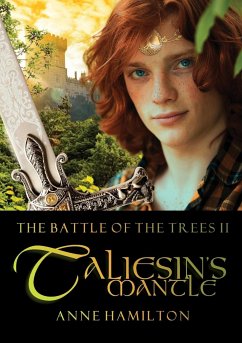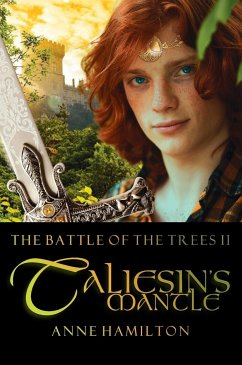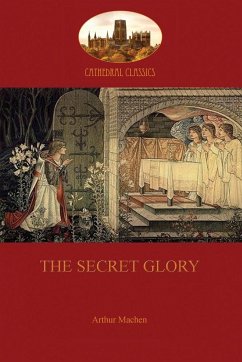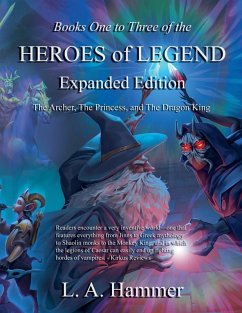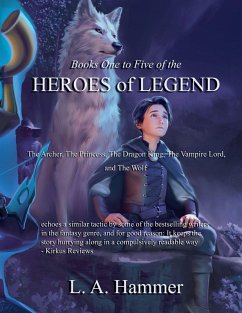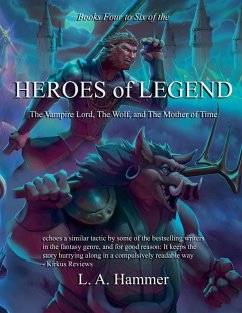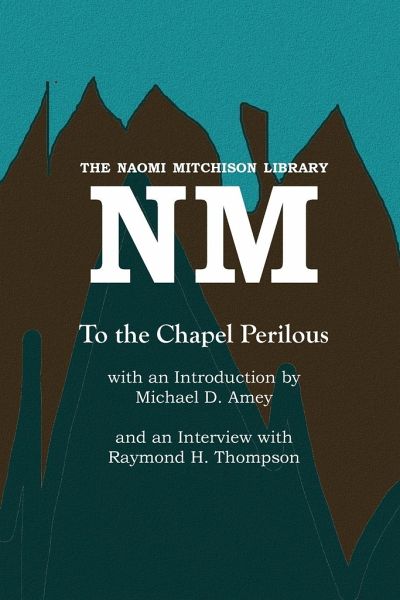
To the Chapel Perilous
Versandkostenfrei!
Versandfertig in 1-2 Wochen
20,99 €
inkl. MwSt.

PAYBACK Punkte
10 °P sammeln!
In his 1999 Introduction to the first reprint of this novel from 1955 - a year of the Cold War that began with the Baghdad Pact and ended with the official start of the Vietnam War - Raymond H. Thompson described Naomi Mitchison's contribution to the Arthurian tradition as 'not only a comic masterpiece, but a guidebook into spiritual growth'. She achieves this by drawing on her own experience as a journalist to explore the fantastic events surrounding King Arthur and the Holy Grail through the eyes of two young reporters - on competing newspapers, with mid-twentieth century values and skills -...
In his 1999 Introduction to the first reprint of this novel from 1955 - a year of the Cold War that began with the Baghdad Pact and ended with the official start of the Vietnam War - Raymond H. Thompson described Naomi Mitchison's contribution to the Arthurian tradition as 'not only a comic masterpiece, but a guidebook into spiritual growth'. She achieves this by drawing on her own experience as a journalist to explore the fantastic events surrounding King Arthur and the Holy Grail through the eyes of two young reporters - on competing newspapers, with mid-twentieth century values and skills - as they follow the breaking stories and conflicting accounts of the grail quest. Michael Amey, who writes the Introduction to this new edition, points out that her approach was not universally liked by her fellow writers. Tolkien for one objected to her introduction of 'dwarfs with photographic apparatus'. Amey himself suggests that To the Chapel Perilous is in fact a 'call to adventure' in which Mitchison sets out 'to tell a story of how stories are told'.






![The Story of Sir Launcelot and His Companions [Illustrated by Howard Pyle] Cover The Story of Sir Launcelot and His Companions [Illustrated by Howard Pyle]](https://bilder.buecher.de/produkte/23/23571/23571026n.jpg)
